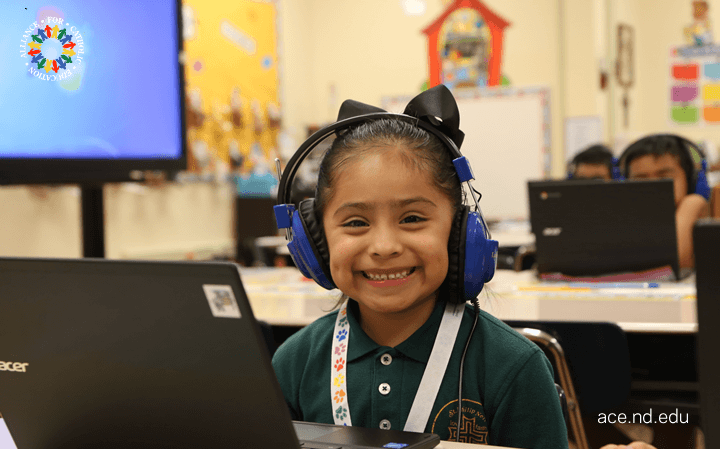As we mentioned in this post, one of the most powerful ways our teachers increase student engagement and learning is to help students set individual goals for their learning. Of course, setting goals for student learning is not something that only happens in blended classrooms, but we have found that it is especially crucial to the success of blended classrooms because learning is so much more individualized. Therefore, we generated four of our own criteria for successful student learning goals, and we want to share those with you today.
In Higher-Powered Learning, STAR student goals are:
- Self-Created,
- Tied to a Greater Good,
- Action-Oriented, and
- Realistic and Achievable.
Self-Created
Teacher-created learning goals, personalized or otherwise, do not elicit the same sense of ownership as student-created goals. When students create their own goals, it fosters their sense of ownership of their own learning and increases their investment in achieving the goals. We do not expect first-grade students to set robust, personal learning goals on the first day of school, but we do encourage teachers to involve students in the process of setting goals to the extent that they can. Teachers should provide guidance and support throughout the process, but students should ultimately set their own learning goals if the goals are to act as motivators for learning.
Tied to Greater Good
The second criteria for an effective student goal is that it is tied to the greater good. In other words, what is the big picture? How does this academic goal tie to a purpose greater than specific, academic improvement or achievement? We know that student success is so much more than a MAP score or proficiency on the state test, but we also have to help students see how these short-term indicators of learning are tied to greater, long-term success. When students are given the opportunity to examine the big picture of their lives, they gain a greater understanding of the intricate ways small goals and plans fit together to help them reach a more meaningful goal.
Action-Oriented
To ensure these goals are ultimately achieved, there must be a concrete action plan associated with them. The third criteria, the action plan, provides students with the "HOW" to achieve their goal. Action plans include the steps students, teachers, and families need to take in order to help the student reach his or her goal, and they evolve and change based on student progress. Ideally, teachers meet with students on a weekly basis to discuss goals and the steps they have taken toward achieving them. For example, if a student's goal is to work up to grade-level by Christmas break, the action plan might include staying after school to work with a tutor, passing an extra online lesson every week, or focusing on a specific skill that is hindering his or her progress. Having a goal without an action plan is like having a destination in mind without any idea how to get there. The goal will not come to fruition without a solid, working action plan in place.
Realistic and Achievable
Finally, in order for student-created goals to truly impact learning, the goals must be realistic and achievable. This step requires teachers to help students understand what makes goals challenging yet realistic. Nothing will kill a student's momentum more than an unattainable goal: if students are working hard without seeing progress or positive outcomes, they will lose their steam and become apathetic. Although setbacks and small failures are to be expected (and should be considered a vital part of the growth process), goals should ultimately be attainable within a given amount of time.
Student goals require substantial planning, adequate time, constant check-ins, and year-long commitment, but just as a rocket needs dynamic, high-octane fuel for a successful flight, students in blended-learning classrooms need self-created, realistic and achievable, action-oriented goals that are tied to a greater good to truly soar in this model.
 Alliance for Catholic Education
Alliance for Catholic Education
